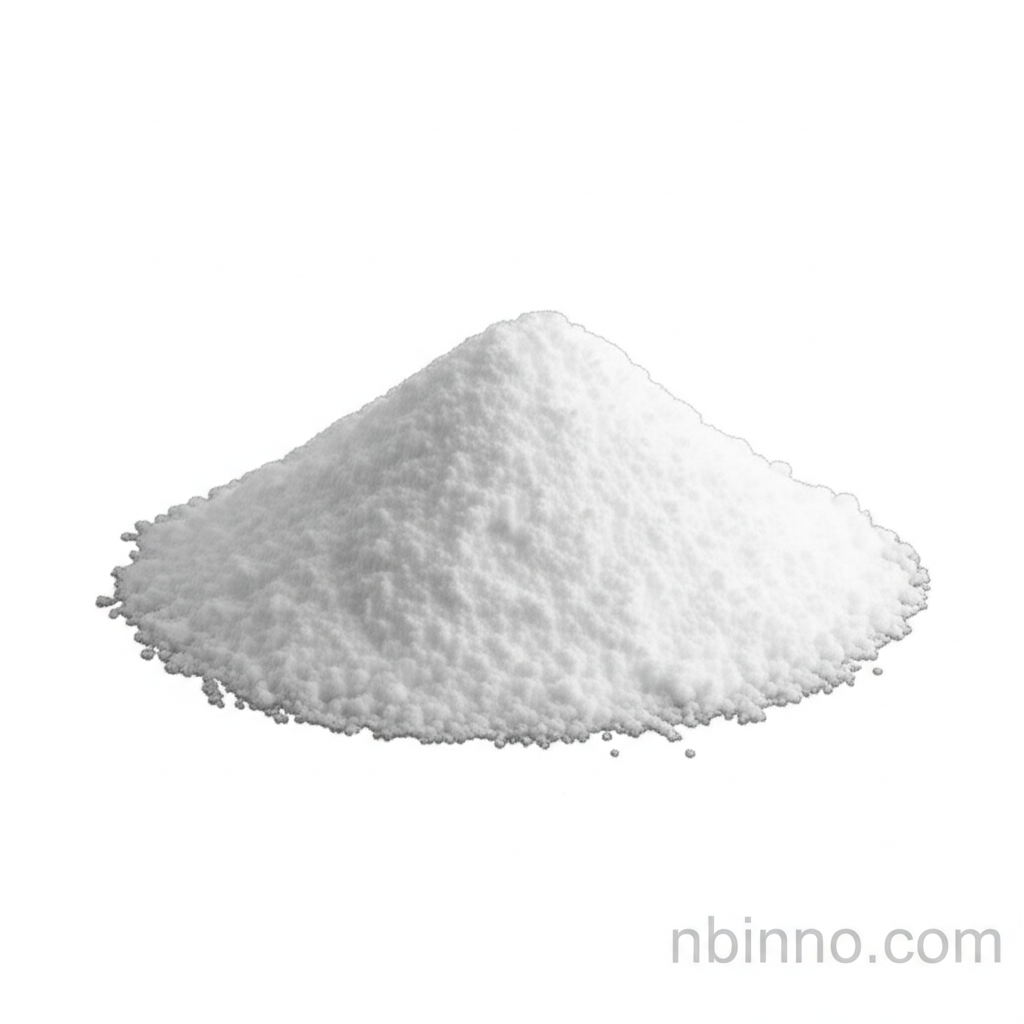6-Chloro-1-Hydroxybenzotriazole: Enhance Your Peptide Synthesis & Material Durability
Discover the power of 6-Cl-HOBt for superior peptide coupling and advanced material protection.
Get a Quote & SampleProduct Core Value

6-Chloro-1-Hydroxybenzotriazole
6-Chloro-1-Hydroxybenzotriazole (6-Cl-HOBt) is a highly specialized chemical compound renowned for its critical role as a polypeptide condensing agent in peptide synthesis. Its unique structure, featuring a chlorine atom on the benzotriazole ring, enhances its effectiveness by increasing acidity and improving its leaving group capabilities compared to traditional reagents like HOBt. This results in more efficient coupling reactions and significantly reduces the unwanted side effect of racemization, a common challenge in forming complex peptide chains. Beyond its primary application in organic synthesis, 6-Cl-HOBt also demonstrates utility as a UV stabilizer in materials science and as a corrosion inhibitor for ferrous alloys.
- As a polypeptide condensing agent, 6-Cl-HOBt is vital for pharmaceutical intermediates synthesis, ensuring high purity and stereochemical integrity in biomolecule production.
- Leveraging 6-Cl-HOBt for peptide synthesis ensures efficient coupling reactions, crucial for creating complex and functional peptide sequences.
- The compound's ability to suppress racemization during peptide bond formation makes it an indispensable tool for researchers and manufacturers aiming for precise stereochemistry.
- Its application as a UV stabilizer enhances the durability of plastics and coatings, protecting materials from photodegradation and extending product lifespan.
Advantages Offered
Enhanced Coupling Efficiency
6-Cl-HOBt facilitates faster and more effective peptide bond formation, leading to higher yields in complex peptide sequences.
Superior Racemization Suppression
The compound effectively minimizes racemization, preserving the chiral integrity of amino acids essential for biologically active peptides.
Versatile Material Protection
Beyond synthesis, its role as a UV stabilizer protects polymers and coatings from degradation, extending product life.
Key Applications
Peptide Synthesis
Utilized as a coupling reagent additive to boost the efficiency of carbodiimide-mediated reactions and minimize racemization in solid-phase peptide synthesis.
Pharmaceutical Intermediates
Essential in the synthesis of complex biomolecules and medical intermediates where high purity and precise stereochemistry are paramount.
UV Stabilization
Acts as a UV absorber in plastics and coatings, enhancing material durability and protection against photodegradation.
Corrosion Inhibition
Demonstrates significant effectiveness in preventing corrosion of ferrous alloys, particularly in acidic environments.
